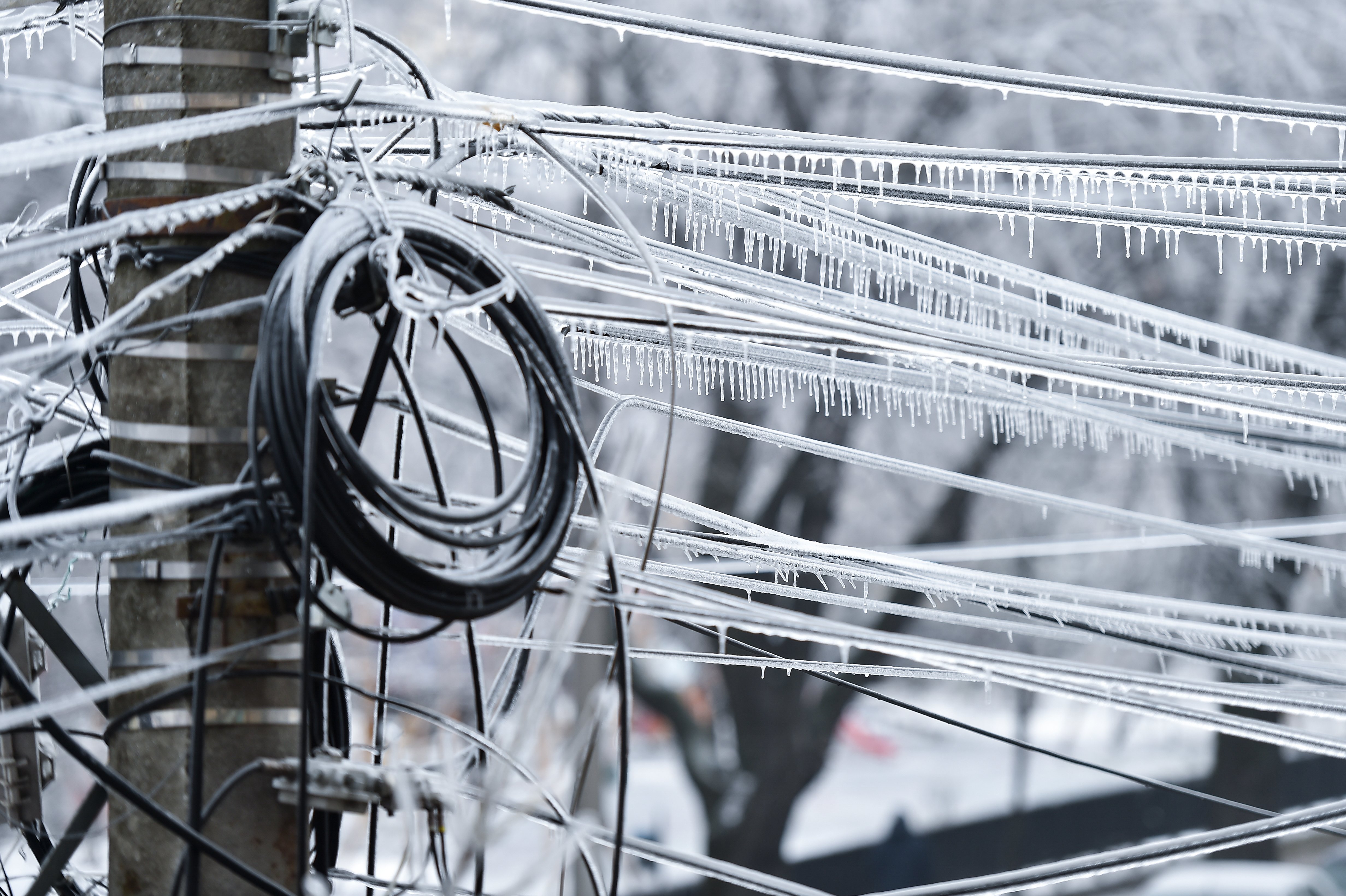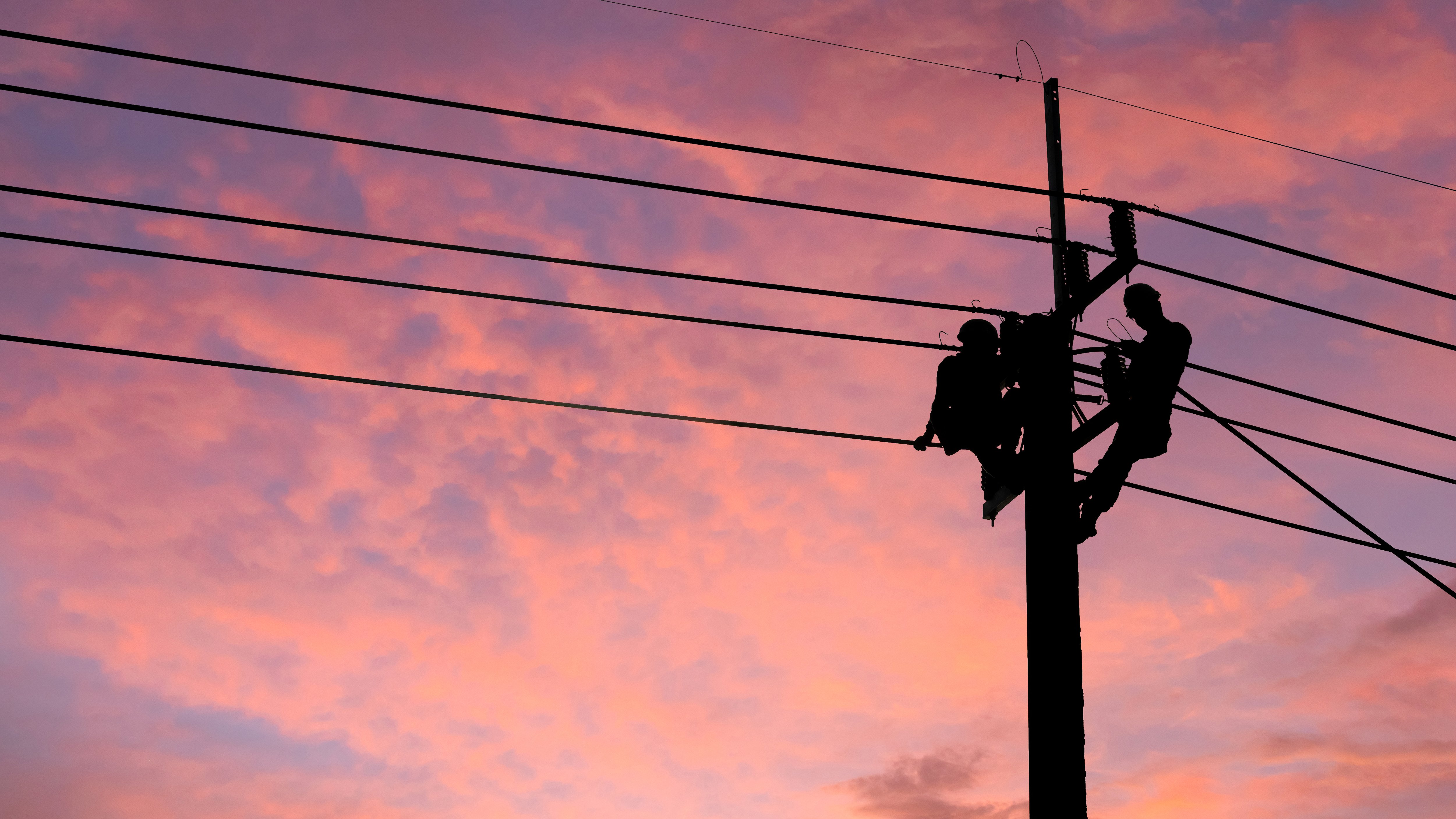The following is an excerpt from our ‘Reveal Hidden Value with Better Digital Tools to Gather, Analyze Utility Asset Data’ playbook. You can access the full playbook here.

Many utilities don’t know how much they can trust their asset data. It’s common for grid assets to be inspected infrequently and inconsistently. In our survey of utility professionals conducted by Utility Dive’s studioID and PrecisionHawk, nearly 40% of participants reported having been negatively surprised by the condition of an asset during an inspection.
“Most of the time, the discrepancies we find are relatively harmless,” wrote one utility maintenance manager. “But sometimes it's significant, like a burnt-out pole top or a cracked insulator. More frequent field inspections and better data analytics could help prevent future problems.”

Also, a significant proportion of utility asset data is relatively stale: 40% of survey participants said their utility inspects all grid assets once per year on average. A lot can happen to an asset in one year, though, especially with more severe weather events every year.
Many utilities conduct inspections even less frequently: one in five survey participants said their utility inspects assets every two to five years on average, and 11% reported an average of five years or more between asset inspections.
Inspection methods largely determine the amount, quality, and cost of asset data. In our survey, over half of participants said their utility relies heavily on ground crews to conduct asset inspections. This is not only the most time-consuming inspection method, but our survey also found that ground-based inspections are far more expensive, on average, than inspections by manned aircraft, drones, or satellite imagery.
Inspections by ground crews also are more likely to yield infrequent, unstructured, or inconsistent data. Inspections by aircraft appear to be more cost-efficient across a utility’s entire asset base, but this method poses additional safety hazards. Aircraft-related accidents and asset damage can be quite costly.
“Too often, utilities manage their assets by the book, inspecting based on a routine schedule recommended by the manufacturers. They’re not really driven by data.”
- DAVID GROARKE, MANAGING DIRECTOR OF INDIGO ADVISORY GROUP
Fewer than one in four participants reported that drones figure significantly in their asset inspections, and only 15% incorporate satellite imagery and data in asset condition analysis. A key advantage of inspection services that use drones to take photos is that this method can generate high-fidelity images that clarify important information.
 “We see things that you’d typically have to climb up onto the tower for,” said Kristen Ellerbe, vice president of product management and design for PrecisionHawk. “This does more than keep workers safe. With drones, we can get very close-up images. The amount of data multiplies exponentially compared to manual inspections. We don’t just get two or three shots of every structure; it’s more like 30-40 images, including from above. We can look down and see problems on top of a structure, like cotter keys that are backed out on a transmission line, or cracks that indicate a pole is rotting.”
“We see things that you’d typically have to climb up onto the tower for,” said Kristen Ellerbe, vice president of product management and design for PrecisionHawk. “This does more than keep workers safe. With drones, we can get very close-up images. The amount of data multiplies exponentially compared to manual inspections. We don’t just get two or three shots of every structure; it’s more like 30-40 images, including from above. We can look down and see problems on top of a structure, like cotter keys that are backed out on a transmission line, or cracks that indicate a pole is rotting.”
This volume of data can be directly uploaded to secure cloud repositories for high-speed processing, reducing demands on utility IT infrastructure. And because all the data will be stored in the same place, it’s easily shareable with all necessary stakeholders as well.
In our playbook, Reveal Hidden Value with Better Digital Tools to Gather, Analyze Utility Asset Data, we’ll demonstrate how utilities can incorporate emerging technologies such as drones and artificial intelligence to reduce costs, improve accuracy, and prevent outages.




